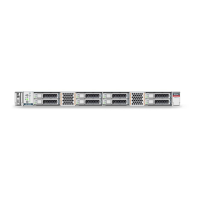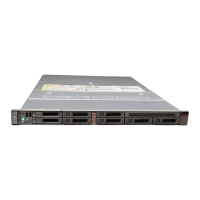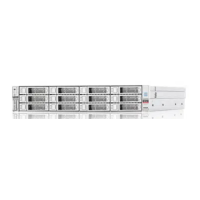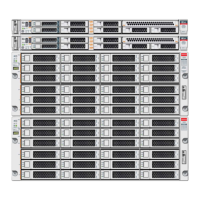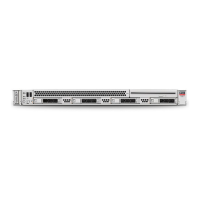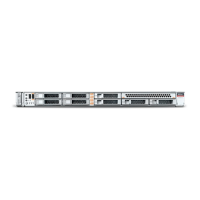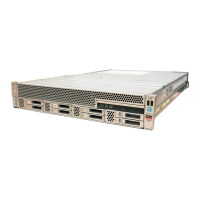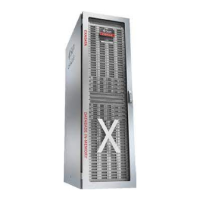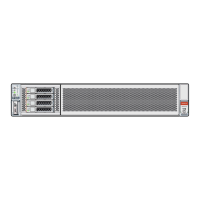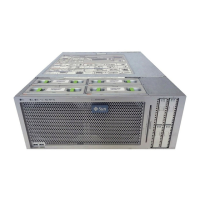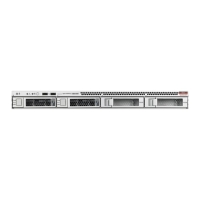Ventilation and Cooling Requirements
■
Provides the greatest operating time buffer in the event of air conditioner control failure.
■
Reduces or eliminates failures or temporary malfunctions caused by intermittent
interference from static discharges, which might occur when relative humidity is too low.
Electrostatic discharge (ESD) is easily generated and not easily dissipated in areas where the
relative humidity level is below 35 percent.
Caution - ESD risk becomes critical when levels drop below 30 percent.
Ventilation and Cooling Requirements
Always provide adequate space in front of and behind the rack to allow for proper ventilation
of rackmounted servers. Do not obstruct the front or back of the rack with equipment or objects
that might prevent air from flowing through the rack. Rackmountable servers and equipment,
including Oracle Server X7-2 and Oracle Server X7-2L, draw cool air in through the front of
the rack and release warm air out the back of the rack. There is no airflow requirement for the
left and right sides due to front-to-back cooling.
If the rack is not completely filled with components, cover the empty sections with filler panels.
Gaps between components can adversely affect airflow and cooling in the rack.
The servers function while installed in a natural convection airflow. Follow these environmental
specifications for optimal ventilation:
■
Ensure that air intake is in the front of the system, and the air outlet is in the back. Take care
to prevent recirculation of exhaust air in a rack or cabinet.
■
Allow minimum clearance of 123.2 cm (48.5 inches) in the front of the system, and 91.4 cm
(36 inches) in the back.
■
Ensure unobstructed airflow through the chassis. The Oracle Server X7-2 uses internal fans
that can achieve a total airflow of 90 CFM and Oracle Server X7-2L uses internal fans that
can achieve 140 CFM, within the specified range of operating conditions.
■
Ensure that ventilation openings, such as cabinet doors for both the inlet and exhaust of the
server, are unobstructed. For example, Oracle Rack Cabinet 1242 and Sun Rack II cabinets
are optimized for cooling. Both the front and back doors have 80 percent perforations that
provide a high level of airflow through the rack.
■
Ensure that front and back clearances between the cabinet doors is a minimum of 2.5 cm
(1 inch) at the front of the server and 8 cm (3.15 inches) at the back of the server when
mounted. These clearance values are based on the inlet and exhaust impedance (available
open area) and assume a uniform distribution of the open area across the inlet and exhaust
areas, which improve cooling performance.
Preparing for Server Installation 17
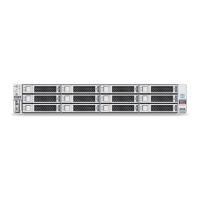
